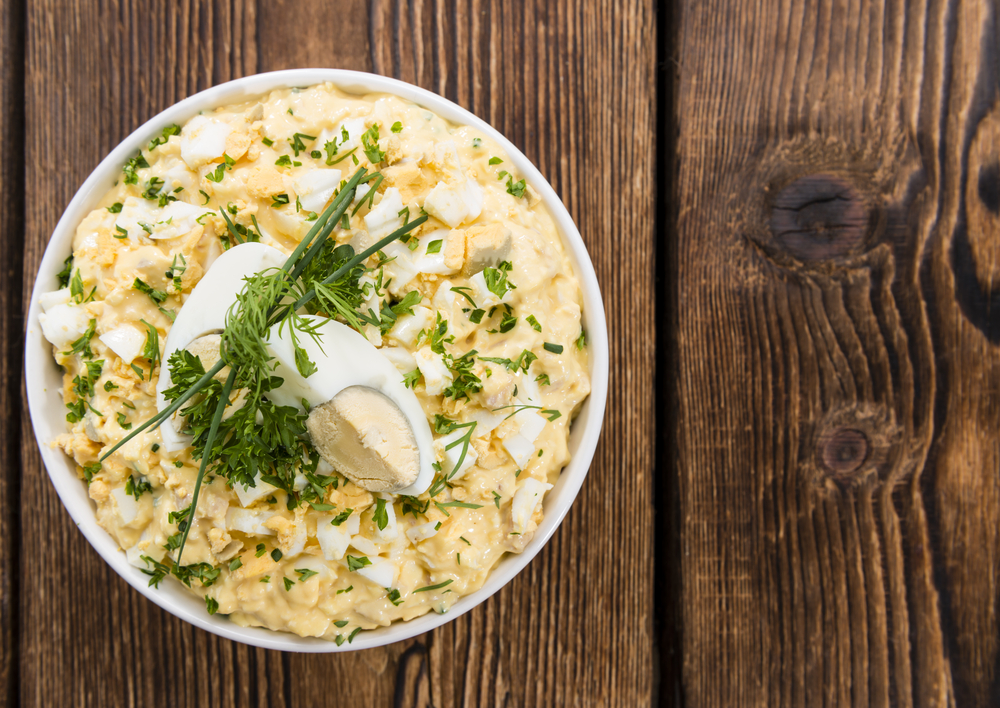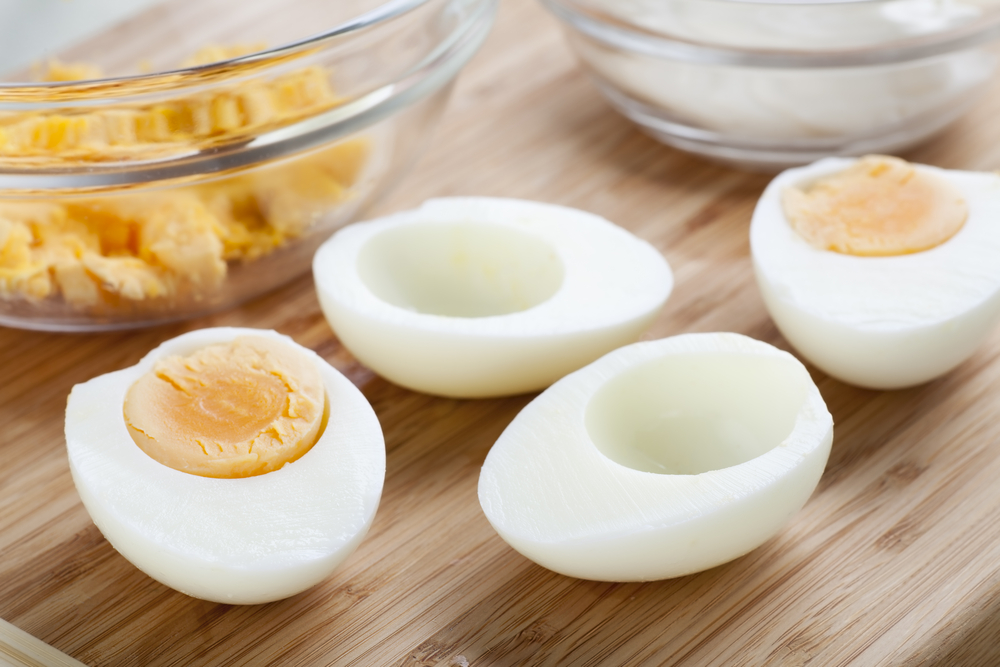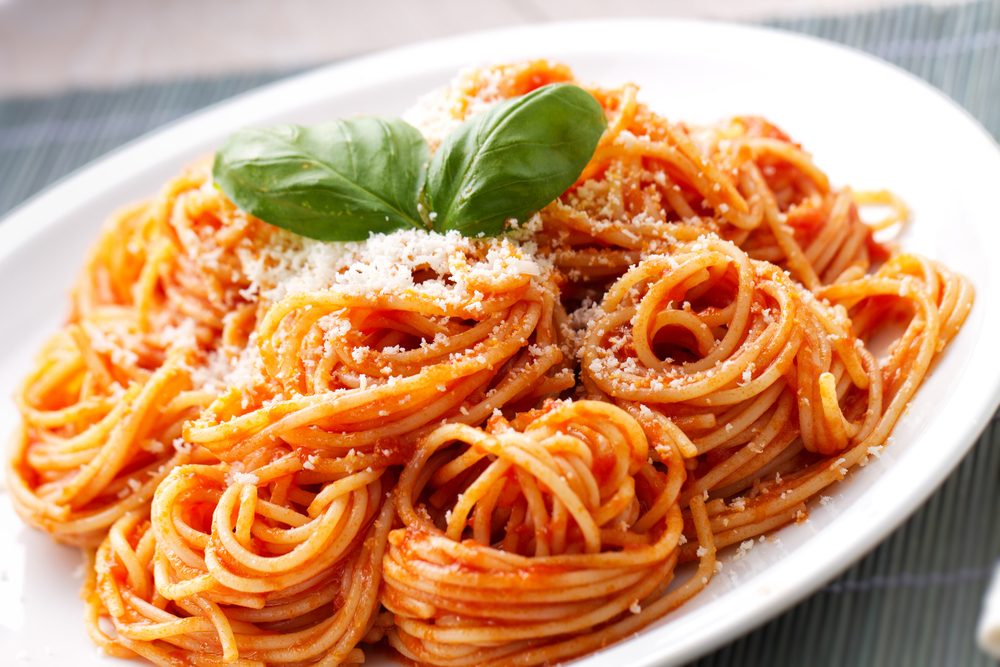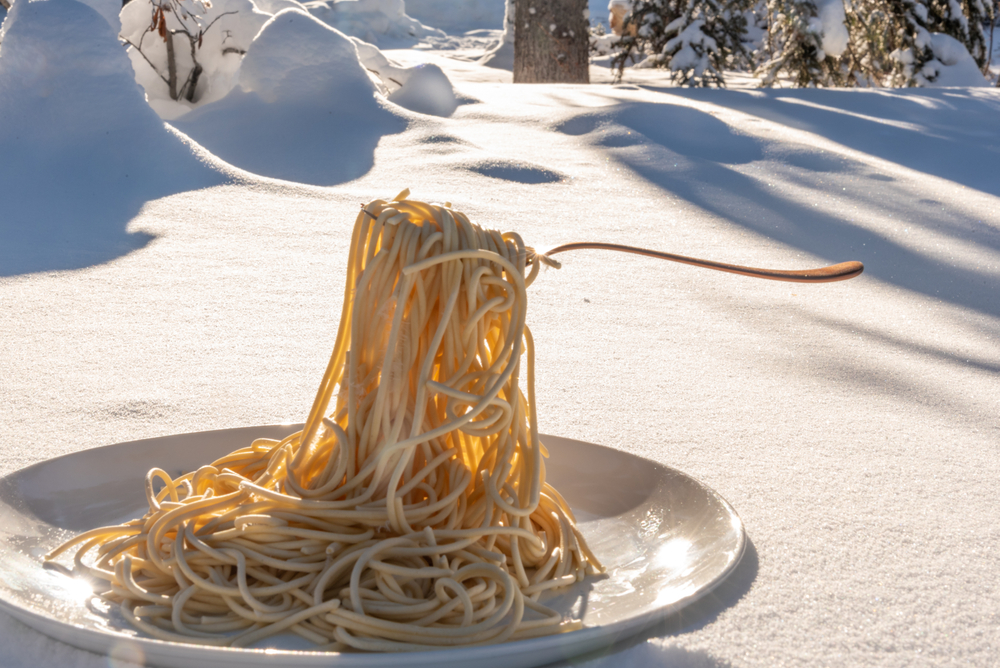You have lost your noodles, and you forgot how to reheat your noodles. Don’t worry, we have all been in this situation before. All we have to do is determine what type of noodles you need to reheat, and find the best way to reheat them.
For example, reheating a ramen noodle in a cup differs from reheating a bunch of leftover spaghetti. Macaroni and cheese take a lot more effort than a plate of egg noodles. Make sure the noodles are not too old before attempting to reheat them.
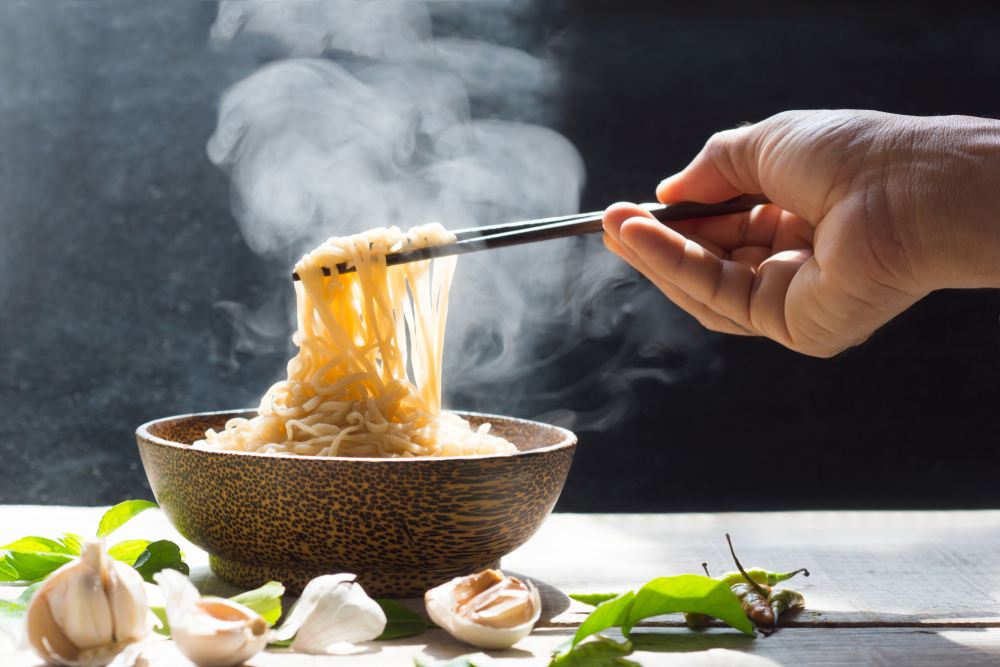
Reheating noodles involves determining the type of noodle that you have and adjusting the cooking method accordingly. Any noodle from spaghetti to ramen to egg noodle reheats well in the microwave oven, the stovetop, the toaster oven, or even an electric skillet.
What Kind of Noodle are You Wanting to Reheat?
There must be a hundred or more different noodles. This list is a partial list of common noodles.
- Spaghetti noodles
- Thin spaghetti noodles
- Thick spaghetti noodles
- Ramen noodles
- Udon noodles
- Soba noodles
- Shirataki noodles
- Mung bean thread noodles.
- Linguini noodles
- Vermicelli noodles
- Capellini noodles
- Lasagna noodles
You see that not all the noodles are Italian. Many are noodles from Asia that require different reheating methods.
The key characteristic of the noodle that affects reheating is the thickness.
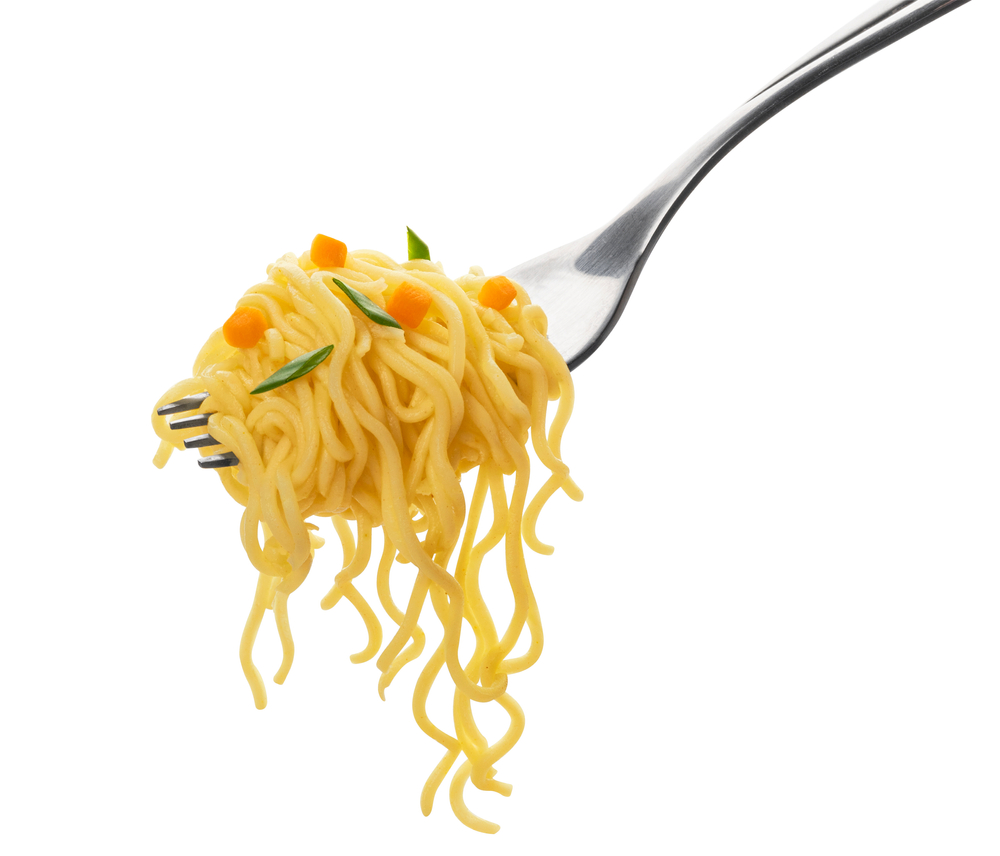
Noodle Thickness
Thin noodles such as thin spaghetti, ramen, or mung bean thread noodles will reheat quickly.
Medium thick noodles such as regular spaghetti noodles, linguini noodles, and vermicelli noodles will require more time while reheating.
Thick noodles, such as thick spaghetti noodles or lasagna noodles, require the most time to reheat.
How to Reheat Your Noodles in the Microwave
The microwave is the easiest way to reheat your noodles. You can put the noodles on a microwave safe plate to heat them. Microwave on high for approximately one minute, depending on the size of the plate of noodles. If you are reheating a cup of noodle soup, just microwave it until it is the temperature you like to eat it.
Clean your microwave before and after reheating the noodles. The noodles can absorb odors from the microwave oven, which makes them taste terrible. You will probably get some micro-explosions in your food that will coat the walls of the microwave with wet noodles. Be nice to your roommate and clean up the mess.
How to Reheat Your Noodles in the Conventional Oven.
This method is trickier because the noodles may dry out. Put a sprinkle of water on the noodles before cooking them.
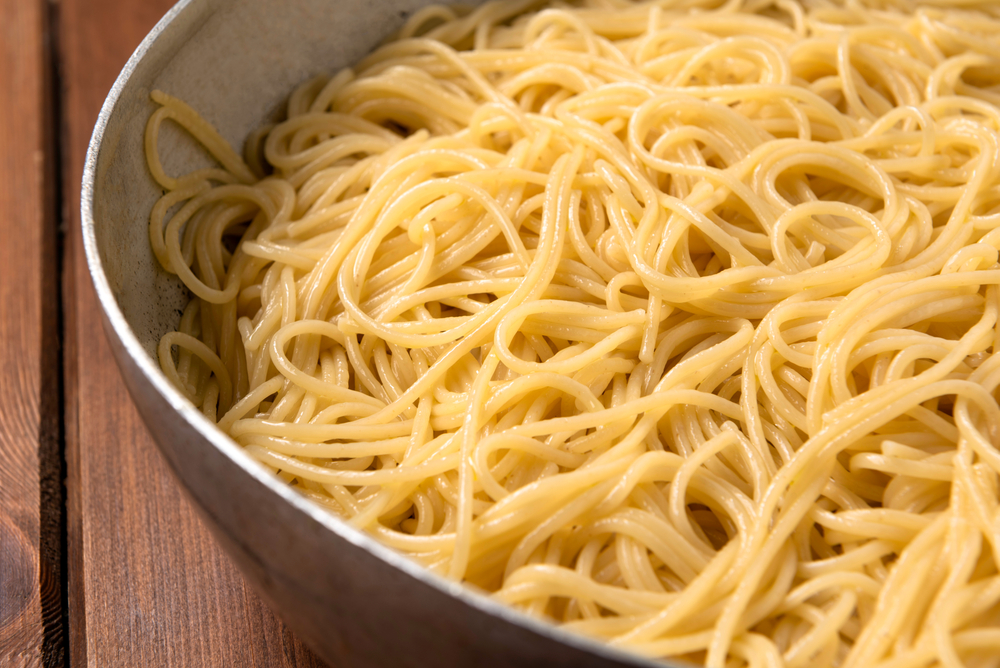
- Preheat the oven to 300 degrees
- Sprinkle the noodles with water.
- Cover the noodles with aluminum foil.
- Make holes in the aluminum foil with a fork.
- Once the oven preheats, put the noodles in the oven.
- Reheat until steam comes out of the holes in aluminum foil.
- Remove the noodles from the oven using an oven mitt.
- Be careful with the hot noodles because you might get a noodle burn, which is something like being whipped with a hot noodle.
Always be mindful of the size of the noodles you are reheating. Remember that thin noodles reheat quickly while thick noodles take more time.
How to Reheat Noodles in the Toaster Oven
Basically, this method is the same as using the conventional oven.
- Sprinkle the noodles with water.
- Cover the noodles with aluminum foil.
- Make holes in the foil with a fork.
- Put the noodles in the toaster oven and set the toaster oven to the bake setting.
- Reheat the noodles for 6 minutes at 300 degrees.
- You know the noodles are done when steam comes out of the foil.
- Be extra sure that your toaster oven turns off when finished because you could start a noodle fire in your apartment, which is very difficult to put out.
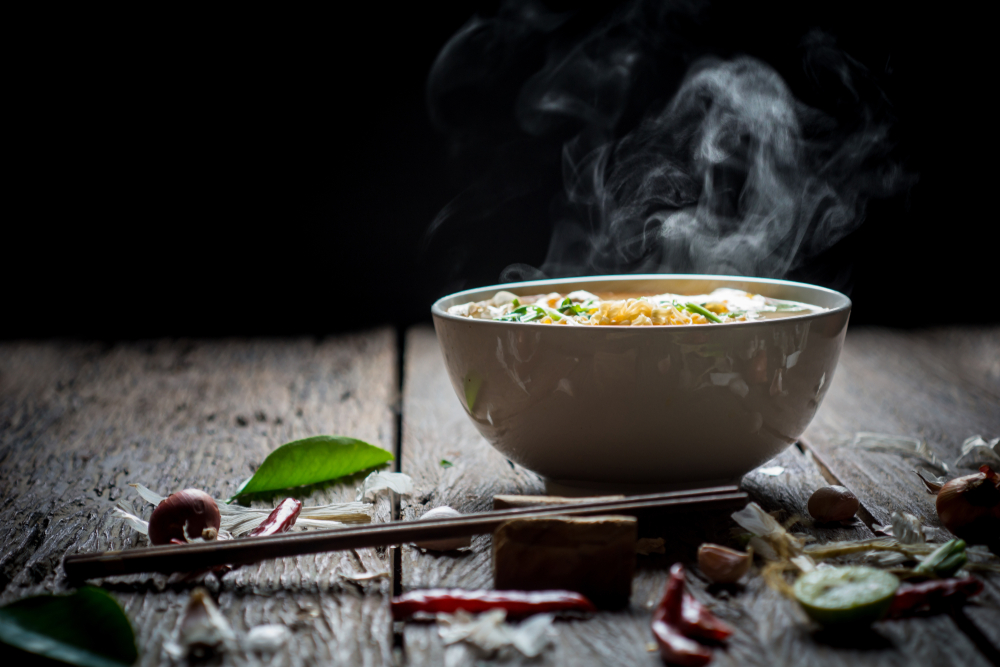
Reheating Noodles on the Stovetop
This is the trickiest method to reheat noodles, but if you do it right, you will love how they turn out.
- Add about one ounce of water to every 8 ounces of noodles.
- Put the noodles in a non-stick pot.
- Add a little butter or oil.
- Turn the noodles on to reheat at a low temperature.
- Wait
- Resist the urge to stir your noodles. They look interesting, but it is best not to touch them too much.
- When the noodles are steaming, they are done.
- Remove the noodles from the stove.
- Eat out of the pan or put them on a plate if you have one.
Reheating Noodles on an Electric Skillet.
This method is exactly the same as reheating noodles on the stovetop. Be sure to set the temperature at a low setting. Don’t leave the noodles on high for a long time because you may start a noodle fire.
How to Eat Your Reheated Noodles.
- Put a bag of ramen seasoning on the noodles.
- Put butter, salt and pepper on the noodles.
- Open a can or jar of spaghetti sauce.
- Try dessert noodles, which are noodles with M and M’s mixed in.
- Soy sauce
- Catsup
- Barbeque sauce
- Make your own sauce with whatever is leftover in the refrigerator.

Cleanup
It would seem that cleaning up from reheating your noodles will be a big chore. It isn’t if you keep things clean while reheating. Promptly wash any utensils used in warm soapy water. Keep your working area clean.
Once you have the noodles reheated, all you will have to clean is the pan. Use that same pan to eat out of and you avoid cleaning up a plate. You can eat the noodles with your fingers if you don’t want to dirty a fork or spoon.
Conclusion
Noodles vary widely in their presentation. There are probably hundreds of different noodles. Reheat the noodles depending on their thickness. Reheat thicker noodles longer than thinner noodles.
Noodles reheat well in the microwave oven, the conventional oven, the toaster oven, and the stove top. You can even reheat noodles in an electric skillet. Add water to keep the noodles from drying out and look for steam as a signal that they are done.




